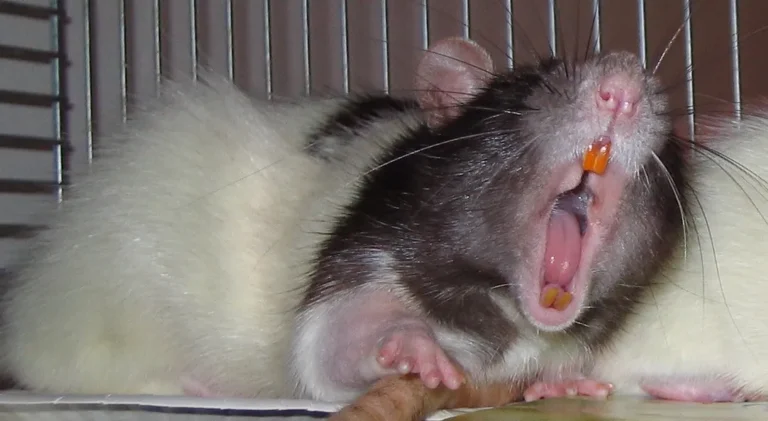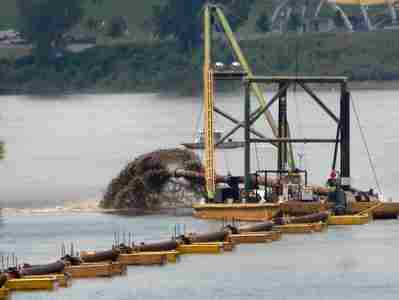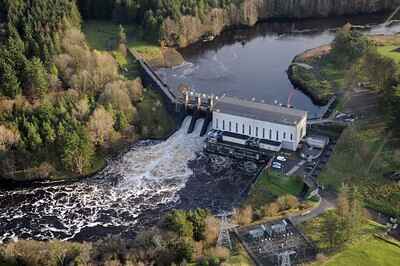Conservation Agriculture Definition, Principles, Features Explained
Conservation agriculture is a sustainable farming system that takes active steps to prevent the wastage of resources on the farm. This article discusses conservation agriculture definition, principles, and features, as outlined below;
-Conservation Agriculture Definition: 5 Ways to Define Conservation Agriculture
-Principles of Conservation Agriculture
-Features of Conservation Agriculture
Conservation Agriculture Definition: 5 Ways to Define Conservation Agriculture
Conservation agriculture is the system and practice of protecting soil, water and biodiversity on farms, so as to establish sustainability in the agricultural ecosystem [3].
As the above implies, conservation agriculture focuses on ecologic sustainability, through the prevention of resource depletion and other forms of environmental degradation.
An alternative conservation agriculture definition is given below, which describes the concept as a derivative of sustainable agricultural principles;
Conservation agriculture is an approach to crop and livestock farming that is based on sustainable agricultural principle, and aims to achieve both material and energy conservation through the careful use and continuous recycling of resources.
Since there are numerous principles and practices of sustainable agriculture, it will help to identify some of them that are directly related to (and implemented under) conservation agriculture. The conservation agriculture definition below does this;
Conservation agriculture is a system of agriculture that implements sustainable principles and practices like composting, mulching, conservation tillage, crop rotation, permaculture, organic farming and biodynamic farming, to prevent the depletion or wastage of energy, biomass and other resources [2].

An example of conservation agriculture is the practice of conservation tillage and crop rotation on an organic crop-livestock farm, where soil nutrients are derived from compost, and cattle are fed using a rotational grazing approach. A scheme such as the above is equipped with multiple means of reducing wastage of resources and optimizing production.
Another conservation agriculture definition is given below which mentions some objectives of conservation agriculture;
Conservation agriculture is a farming system that aims to protect the ecosystem from degradation in the form of pollution, erosion, soil leaching, acid rain and climate change, prevent wastage of bioenergy and biomass, and improve productivity of crop and livestock by effectively managing soil, water, air, and biodiversity on a farm.
Lastly, the conservation agriculture definition is outlined based on related concepts;
Conservation agriculture is the practice of raising crops and livestock in alignment with the requirements for sustainable development, resource management, energy conservation, energy efficiency, soil conservation, water conservation and circular economy; and with the goal of protecting the environment and increasing long-term productivity.
Principles of Conservation Agriculture
The principles of conservation agriculture are; biodiversity enhancement, hazard mitigation, soil conservation, water conservation, and biodynamic livestock farming.
1). Biodiversity Enhancement (as one of the Principles of Conservation Agriculture)
Biodiversity enhancement is achieved in conservation agriculture, through the preservation (and improvement) of soil, water and air quality.
Conservation agriculture protects soil, thereby facilitating the diversification and multiplication of microbe species and other soil organisms.
Through practices like crop rotation, plant diversity is also enhanced, while rotational grazing and integrated crop-livestock management can increase livestock diversity and yield. These practices can all be implemented under conservation agriculture.
2). Hazard Mitigation
Hazard mitigation is a principle of conservation agriculture, especially with regards to the environmental impacts of agriculture, such as; pollution, greenhouse gas emissions, desertification and global warming.
Practices like composting and biofuel production, are part of conservation agriculture [1]. These practices prevent open biodegradation which can cause air pollution and greenhouse emission.
They also reduce the dependence on chemical fertilizer, which can environmental pollution.
Biological control is also encouraged in conservation agriculture, and it effectively reduces the use of herbicides and pesticides that may also have negative ecologic implications.
Hazards like erosion, landslides and flooding are controlled in conservation agriculture through practices like contour farming and cover cropping.
3). Soil Conservation (as one of the Principles of Conservation Agriculture)
Soil conservation is one of the most important principles of conservation agriculture, due to the key role that is played by soil in the growth of both crops and livestock.
Efforts to conserve soil resources include the use of organic fertilizers; and the practice of minimum tillage, cover cropping, mulching, rotational grazing and landscape management.
Soil conservation is helpful for mitigating climate change, because it enhances the performance of soil as a carbon sink, thereby increasing carbon sequestration rates and reducing atmospheric greenhouse gas concentrations.
4). Water Conservation
The conservation of soil ultimately leads to water conservation.
As a principle of conservation agriculture, water conservation may be achieved through practices like cover cropping, composting and mulching. These practices conserve water resources by optimizing soil properties like infiltration and moisture retention, and reducing the rate of evaporation from soil.
Water conservation also reduces the concentration of water vapor (which is a greenhouse gas) in the atmosphere.
5). Biodynamic Livestock Farming (as one of the Principles of Conservation Agriculture)
Biodynamic cultivation is an overarching principle of conservation agriculture.
In livestock farming, this is represented by the use of materials and methods that do not negatively impact, contradict, or disrupt the natural equilibrium of the ecosystem.
Conservation tillage encourages such sustainable materials and methods, in line with its objectives of resource conservation and environment protection.

Features of Conservation Agriculture
Features of conservation agriculture are;
1). Resource Conservation
2). Environment Protection
3). Economic Sustainability
4). High-Quality Organic Products
5). Diversity of Crops and Livestock
Conclusion
Conservation agriculture is a system of farming that aims to improve crop and livestock yield through the management of resources and protection of the ecosystem.
Principles of conservation agriculture are;
1. Biodiversity Enhancement
2. Hazard Mitigation
3. Soil Conservation
4. Water Conservation
5. Biodynamic Livestock Farming
Features of conservation agriculture are; Features of conservation agriculture are; resource conservation, environment protection, economic sustainability, high-quality organic products, diversity of crops and livestock.
References
1). Andjela, S. B. (2021). “Conservation agriculture and its principles.” Available at: https://doi.org/10.17352/aest.000031. (Accessed 17 November 2022).
2). Carr, P. M. (2017). “Guest Editorial: Conservation Tillage for Organic Farming,” Agriculture, MDPI, vol. 7(3), pages 1-6. Available at: https://googleweblight.com/sp?u=https://ideas.repec.org/a/gam/jagris/v7y2017i3p19-d92352.html&grqid=4UBq51uJ&hl=ha-NG. (Accessed 17 November 2022).
3). Stagnari, F.; Ramazzotti, S.; Pisante, M. (2009). “Conservation Agriculture: A Different Approach for Crop Production Through Sustainable Soil and Water Management: A Review.” Organic Farming, Pest Control and Remediation of Soil Pollutants (pp.55-83). Available at: https://doi.org/10.1007/978-1-4020-9654-9_5. (Accessed 17 November 2022).


